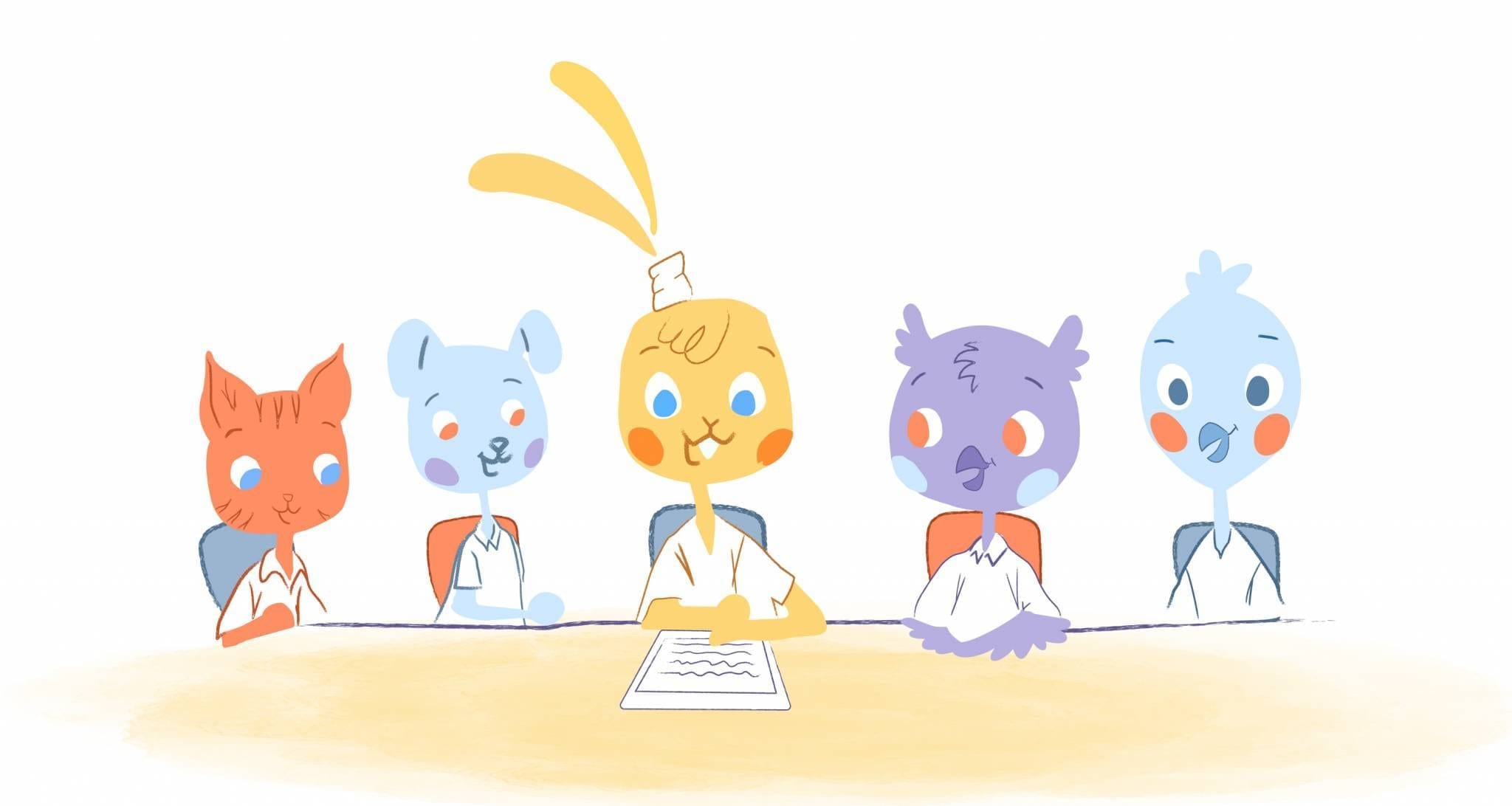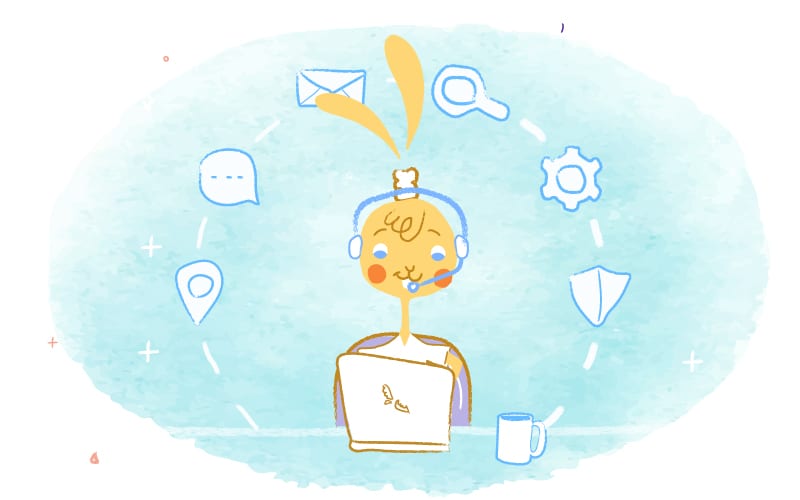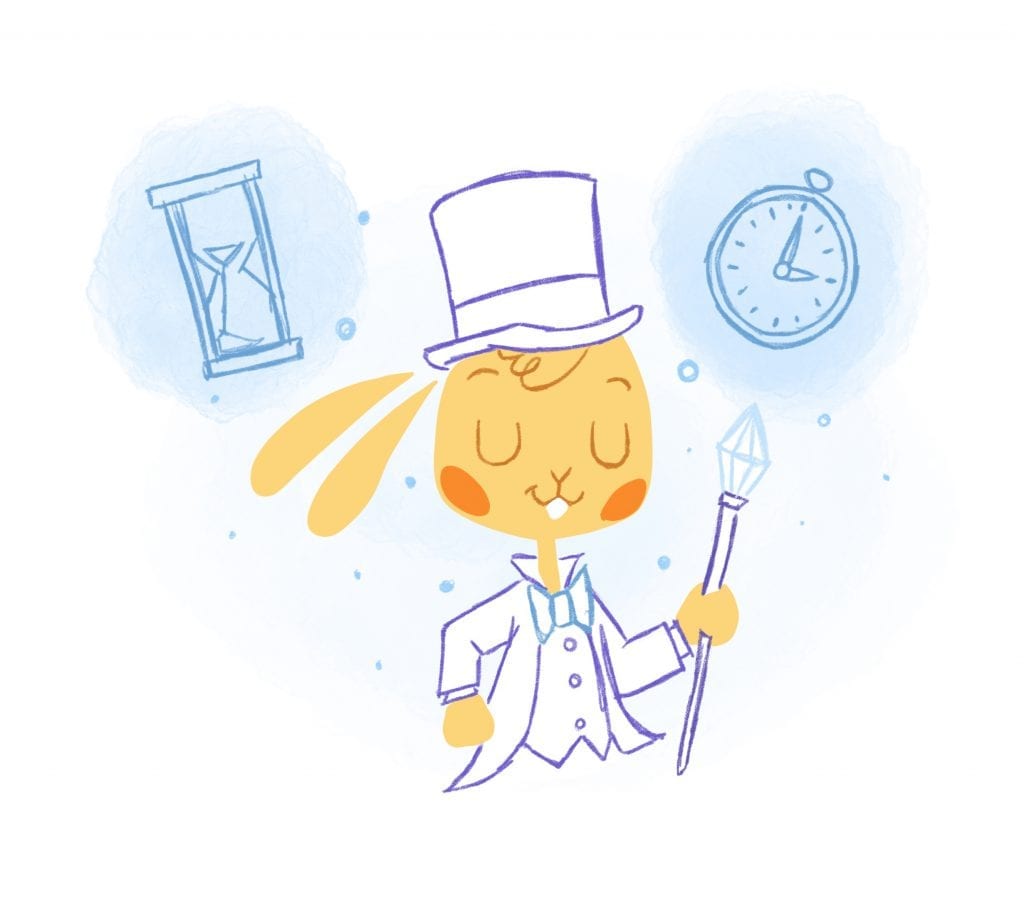

Although it’s been a buzzword for the last several years, businesses have relied on analytics, at least since the Industrial Revolution. More specifically, it was during the late 1800s when Frederick Winslow Taylor introduced the first formalized system of business analytics in the United States. But here is the future: People Analytics. The future will be knowing and understanding the analytics about your team.
If the name of Frederick Taylor rings a bell, it’s because we previously discussed how Taylor’s scientific management techniques played a significant role in the development of time management with the release of “The Principles of Scientific Management” in 1909. In a nutshell, Taylor believed that if businesses simplified and optimized jobs, it would increase productivity.
That may sound obvious to us in the 21st Century. But, at the time, it was a radical and influential concept. Eventually, the idea caught-up to Henry Ford, who brought-in Taylor as a consultant to improve his assembly line.
And, believe it or not, business analytics hasn’t changed that much. Yes. Technology has helped it evolve with operation reporting, Decision Support System, Microsoft Excel, and Google Analytics. But, at its core, as noted in a Cyfe blog post, business analytics is used “mostly on improving production; its efficiencies, quantities, and cost-effectiveness.”
As such, has digital analytics continues to become more accessible, businesses will be able to make faster and more improved decisions in real-time. Mainly this is thanks to big data and predictive analysis. Additionally, business analytics will also automate recurring and time-consuming tasks, which will save you time and money.
However, this data is also being used to transform your workforce because of the appropriately named people analytics.
What is People Analytics?
People analytics isn’t exactly the latest buzzword. It’s been around for at least the decade. But, if you’re unfamiliar with the term, you may have heard it been referred to as HR analytics or workforce analytics. And, in a nutshell, it can be defined as using data “ to understand, improve, and optimize the people side of the business.”
While that’s a pretty clear definition, and businesses are still adopting this practice, that’s also a broad explanation. So, let’s break this down, shall we?
As McKinsey notes, “analytics can dramatically improve the way organizations identify, attract, develop, and retain talent.” Examples would include:
- Making improved hiring decisions by predicting the success of a potential hire.
- Decreasing employee turnover.
- Testing employee policies that are effective and ineffective.
- Identifying and quantifying work accident risks.
- Analyzing workforce needs in the future.
- Optimizing the employee experience.
- aligning HR actions to your business outcomes.
- Determining how employees spend their time.
According to McKinsey, people analytics have the ability to:
- Increase recruiting efficiency by 80 percent.
- Rise business productivity by 25 percent.
- Decrease attrition rates by 50 percent.
Although 74 percent of organizations reporting that HR technology is essential to them, via Deloitte’s 2019 Global Human Capital Trends, just 26 percent said that they’re effectively using technology and analytics to improve their teams.
What’s the biggest obstacle here? Well, HBR claims that adoption is so low because it’s “inaccurate, inconsistent, or hard-to-access data requiring too much manual manipulation.” There’s also a “lack of analytic acumen or skills among HR professionals.”
However, that was from a report several years ago. As technology has advanced, it’s never been easier to gather and analyze both internal and external data. At the minimum, this could include demographics, social media activity, and performance and engagement activity. As such, people analytics have become a familiar and vital tool within organizations.
People Analytics – The Future of Knowing Analytics About Your Team
I apologize for the wait. After all, this is why you’re reading this article. So, let’s get to it.
In the past, and even today, there are proven ways to get to know your team better. The most obvious would be prioritizing time with each team member. That may sound like a huge undertaking. But, it ultimately requires a time commitment on your end.
For instance, you could schedule weekly one-one-ones, have lunch with your team, walk around the office, or work alongside them. As a result, you’ll build trust and camaraderie. And, most importantly, this allows you to see your team in action and gather first-hand feedback from them.
The other option would be looking at attribute data consisting of:
- Trait: factual information about your team members like gender and work history.
- State: Information about your team members like age, days absent, and company tenure.
While necessary, there needs to be more. As Paul Leonardi and Noshir Contractor write in HBR, you also need to examine the relational data. According to Leonardi and Noshi, this is data that “captures, for example, the communications between two people in different departments in a day.” Or, in other words, “relational analytics is the science of human social networks” and is compromised of six signatures:
- Ideation predicts which employees will have the best ideas.
- Influence predicts employees who will change others’ behavior.
- Efficiency predicts the teams that will meet deadlines.
- Innovation predicts the teams that will innovate effectively.
- Silo predicts if an organization is siloed.
- Vulnerability predicts which employees you must retain.
Putting this all together will help you build stronger and more productive teams since you’re able to accomplish the following.
Improves the recruiting process.
Identifying and maintaining top talent is a struggle for business owners — especially if you’re involved in a niche industry. Thankfully, people analytics can help you narrow down your search so that you can target the right person for the right job. Not only does this involve locating qualified candidates, but also finding those who would fit in your company’s culture.
Furthermore, analytics can remove bias during the recruitment process. That’s because, unlike humans, artificial intelligence is neutral and doesn’t discriminate.
Also, using historical data, you can pinpoint when you need more hands-on-deck. If you’re a seasonal business, this is obvious. But, by using AI to review historical data, you’ll know what positions to fill and when.
And, thanks to AI-powered recruiting tools like Mya, you’ll spend less time recruiting. That’s because it can pre-qualify candidates and reject those that aren’t qualified.
Calendar analytics.
One gripe that I have when it comes to people analytics is that there is rarely any mention of calendar analytics. The reason why this is so disappointing is that calendar analytics can let you know essential information like how you and your workforce are spending your time.
Time tracking tools are the most obvious example of this. Apps like Toggl, Hours, and RescueTime track phone and computer usage. Using this data, you and your team can find out when you’re most productive and when you get distracted.
Additionally, there are ways to gain insights from Google Calendar and Outlook to help you identify everything from email usage to the time spent in meetings. Calendar, however, integrates with Google Calendar, Outlook Calendar, and Apple Calendar. That means that you can have all of your calendar analytics in one place. In turn, you’ll have a visual representation of time spent in meetings, number of meetings, number of meetings attended, number of meetings rejected, and the number of meetings missed.
Identifies skills gaps.
“In an era of digital disruption, new types of jobs (like social media director or programmatic advertising manager) are continually cropping up,” writes Ian Cook over at Visier. How does this impact you? Well, the days of “gauging recruitment success based on the number of roles filled is now an exercise in futility,” explains Cook. “Organizations that can identify the specific skills they need—not just the requisitions required to fill—will have a leg up in the war for talent.”
“Data analytics have evolved to the point where it is now possible to make hiring plans based on specific work activities and attributes of top performers,” adds Cook. “Those businesses that can recruit based on fit and skill will ultimately land the best hires.”
Besides aiding the hiring process, it can help you develop the skills of your existing team members. For example, to meet the demands of Industry 4.0, you can provide your workforce training in more creative fields. These should align with their positions and aren’t as likely to be replaced with automation.
Boosts morale.
It’s true. Analytics can boost employee morale.
Mainly, this is by helping you identify their strengths and showcase their wins. Knowing this, you can provide the appropriate praise, incentives, and celebrate their successes together. On the flip side, you’ll also have data on where their weaknesses lie. With this information, you can offer feedback and Opportunites for your team members to grow.
Grants autonomy.
Employees hate being micromanaged. They also have their own preferences on when and how they work. For example, some people are morning birds who work best in complete silence. There could also be members of your team who are more productive late in the day and enjoy a more social atmosphere.
Analytics can provide more ownership to employees. For instance, a team member may be more productive working at home between the hours of 7 a.m. and 3 p.m. Instead of forcing them to come into the workplace every day from 9-to-5, let them work from home during their peak productivity hours.
Improves collaboration and engagement.
Even the lone wolf within your organization will have to work with others. That can be a stressful and trying experience for them. But, the good news is that analytics can also improve collaboration.
For starters, analytics can track the progress of individual team members. That means no longer waiting for a colleague to complete their part of a project. You can see where they’re at and plan accordingly. And, if they’re always behind, then you can remove that team member so that they’re not holding everyone else up.
Also, analytics can see when your workforce is overloaded so that you can evenly distribute tasks. It can even help you correlate personal work with business objectives. And, analytics can help you pair team members so that you’re not forcing people who don’t have a similar work ethic or personality to collaborate.
Encourages better decision making.
Some sources suggest that the average person makes an astounding 35,000 choices per day! That goes without saying that spending too much time on the wrong decision can waste a lot of you and your team’s valuable time. And, as you’ve guessed, analytics can help reduce the number of choices you have to make.
Take Calendar as an example. It analyzes your meetings through machine learning. In turn, it will make suggestions on which type of meetings to schedule. Even better, it can let you know who to invite, what to discuss, and advice on how to improve future meetings. As a result, you and your team will spend less time in unproductive and unnecessary meetings.
Getting Started With People Analytics
Are you feeling overwhelmed? That’s understandable. I’m sure that for some, this was a lot to take in. But take a deep breath and relax. After all, people analytics is merely asking one crucial question; “What data is relevant to our business goals?”
After answering that question, you can select the right tools and people to spearhead your people analytics initiatives. From there, whittle your data into bite-sized chunks. The reason? It will allow you to develop actionable insights.
The most important thing to remember, though is that you’re not going to get it right the first time around. Experiment and explore until the data serves you, your workforce, and the organization.











John Rampton
John’s goal in life is to make people’s lives much more productive. Upping productivity allows us to spend more time doing the things we enjoy most. John was recently recognized by Entrepreneur Magazine as being one of the top marketers in the World. John is co-founder and CEO of Calendar.